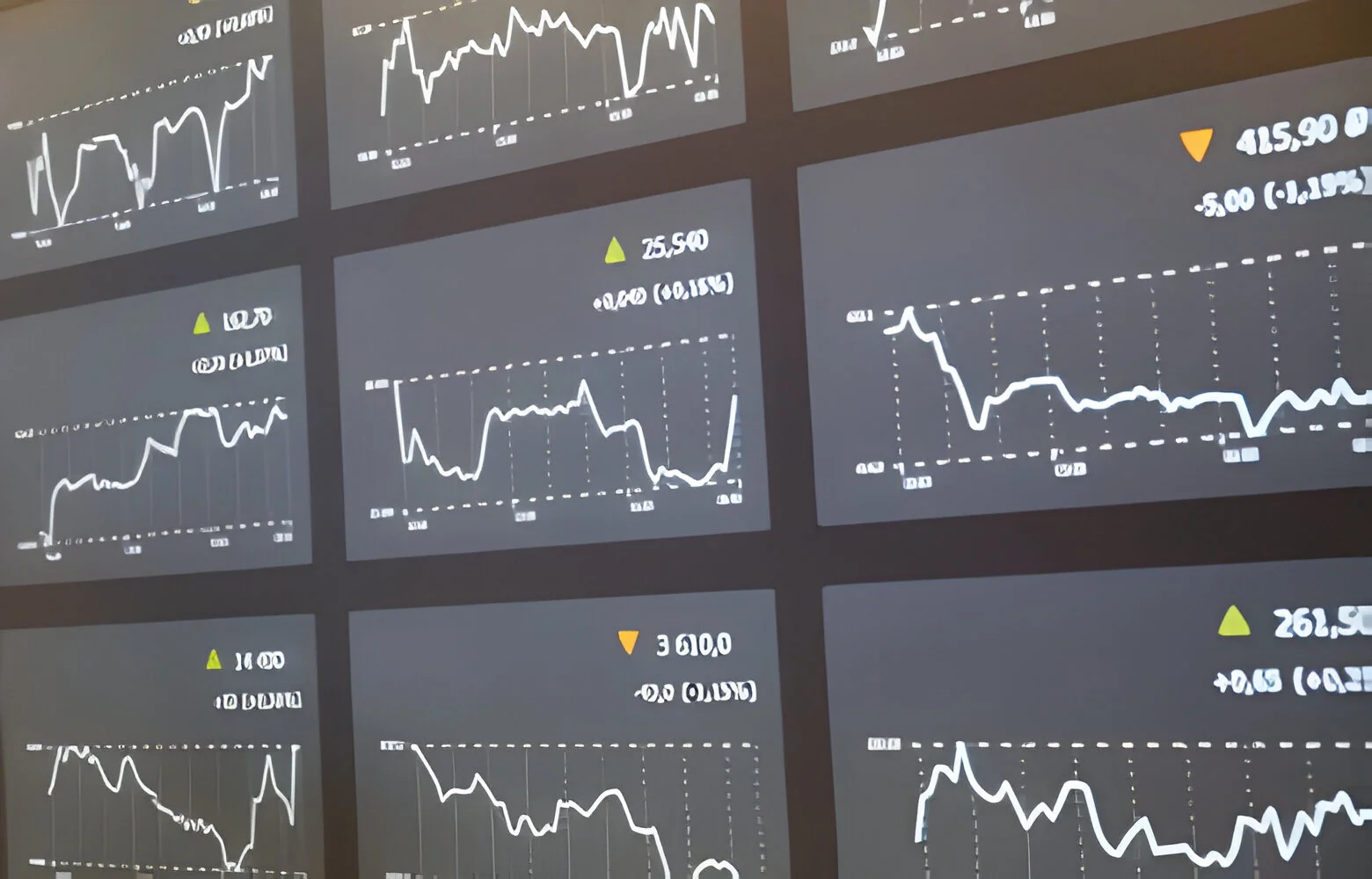Have you ever pondered the strategic calculations behind those irresistible sale signs? Curious about how stores expertly clear out winter coats just as summer arrives? Do you wonder if different types of markdowns could enhance your pricing strategy?
Unlock the secrets to customer acquisition, profit maximization, and efficient inventory management with markdown pricing. Learn how different types of markdown pricing drive success in your business. Keep reading to discover how markdown pricing could be your next game-changing move!
What is Markdown Pricing?
Leverage markdown pricing to strategically reduce product prices. This tactic has three-pronged benefits—it boosts sales, clears out aging inventory, and attracts new customers. Determine the ideal timing and depth of price reductions from sales data, customer behavior and market trends. This data-driven approach maximizes revenue while minimizing losses.
Strategic price reductions not only clear out old stock before it becomes obsolete but also free up valuable space for fresh merchandise. This prevents overstocking, which ties up capital and incurs storage costs. Strategic markdowns differentiate you from your competitors in a crowded market.
By utilizing data-driven markdown strategies, you achieve a delicate balance between sales volume and profit margins. This approach not only drives sales and enhances customer satisfaction, but also ensures products sell before becoming obsolete. Ultimately, mastering markdown pricing contributes significantly to retail success.
Types of Price Markdowns
Markdown pricing includes several types, each serving different strategic purposes. Learn about each and implement the effective markdown strategy in your business.
1. Permanent Markdown
A permanent markdown is a long-term price reduction for products that are no longer in season or have been in inventory for a long time. This markdown is typically irreversible and aims to sell the remaining inventory. Permanent markdowns clear out old stock, making room for new arrivals.
2. Temporary Markdown
Temporary markdowns are short-term price reductions (or temporary prices) to boost sales for a limited period. These markdowns often coincide with sales events, holidays, or promotions. After the promotional period, prices return to their original levels. Temporary markdowns create urgency, driving quick sales spikes.
3. Clearance Markdown
Clearance markdowns liquidate outdated, out-of-season, or irrelevant inventory. These markdowns are usually deep to sell inventory quickly. Clearance sales are common at the end of the season or when freeing up space for new merchandise. This markdown prevents overstock and minimizes storage costs.
4. Event-Based Effective Markdown
Event-based markdowns align with specific events or occasions, such as holidays, store anniversaries, or special promotions. Discounts during these times attract customers looking to make event-related purchases, significantly boosting sales volumes.
5. Volume Markdown
Volume markdowns offer discounts based on the quantity of items purchased. This markdown encourages customers to buy in larger quantities, moving inventory faster. Volume markdowns include buy-one-get-one-free offers, bulk purchase discounts, or tiered pricing based on item quantity. This increases the average transaction value and reduces excess inventory.
6. Seasonal Markdown
Seasonal markdowns apply to products tied to specific seasons. For example, retailers mark down winter clothing at the end of winter to clear space for spring collections. Seasonal markdowns are predictable and planned in advance, managing inventory and ensuring no unsold seasonal items remain.
7. Conditional Markdown
Conditional markdowns depend on specific conditions, such as loyalty program members receiving exclusive discounts or discounts triggered by complementary product purchases. Conditional markdowns create exclusivity, rewarding loyal customers and encouraging repeat business.
8. Progressive Markdown
Progressive markdowns gradually increase the discount over time until the product sells. This approach balances the urgency to sell with the desire to maximize profit. For example, a product’s selling price might be reduced by 10% initially, then by 20% after a few weeks, and so on. Progressive markdowns attract price-sensitive customers who are willing to wait for better deals.
Each type of markdown pricing serves a specific purpose. They enable better inventory management, attract customers, and boost sales. Understanding and implementing markdown pricing strategies enhances pricing strategy and improves overall business performance.
Conclusion
Markdown pricing is a multi-faceted tool. By understanding the different types and their uses, you create a winning strategy. Reward loyal customers, manage inventory, attract buyers, and boost sales. It’s about striking the perfect balance between sales volume and profit margins.
Take the Next Step
Add markdown to your pricing strategy and increase customer footfall and profitability. Explore our price optimization solution and add an AI advantage to your retail business. Get started today!
Frequently Asked Questions
What's the difference between permanent and temporary markdown pricing?
Permanent markdown pricing is a lasting price reduction for older inventory, while temporary markdown pricing offers short-term discounts for sales or promotions.
When are clearance markdown prices used?
Clearance markdown prices happen at the season’s end or to make space for new items. They’re deep discounts to quickly sell off outdated inventory with markdown pricing.
How can event-based markdown pricing benefit retailers?
Discounts during holidays or special events with markdown pricing attract customers looking for those specific items, leading to sales spikes.
What's the advantage of volume markdown pricing?
By offering discounts for buying more, volume markdown pricing encourages larger purchases, moving excess stock faster and increasing average sales value.





